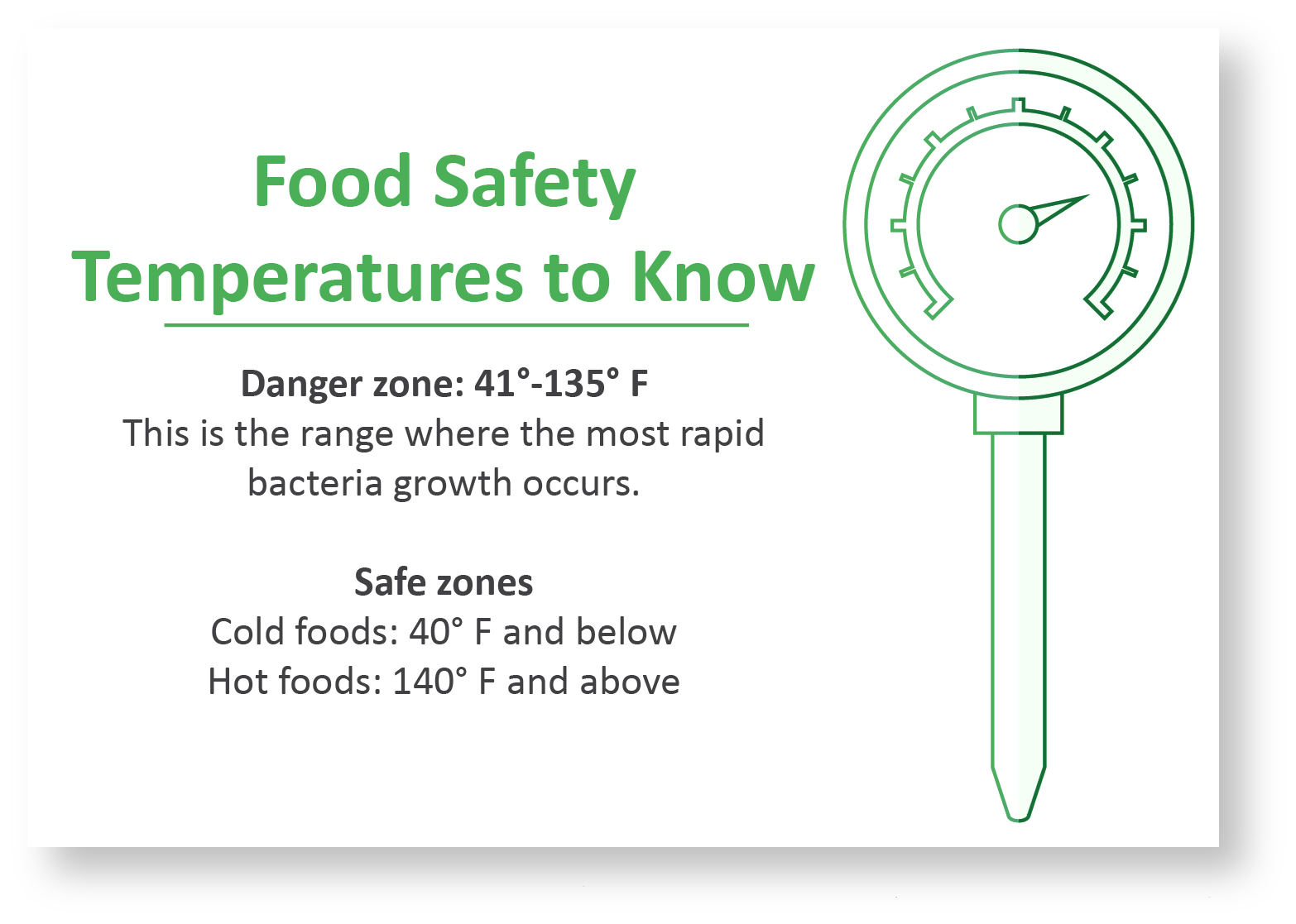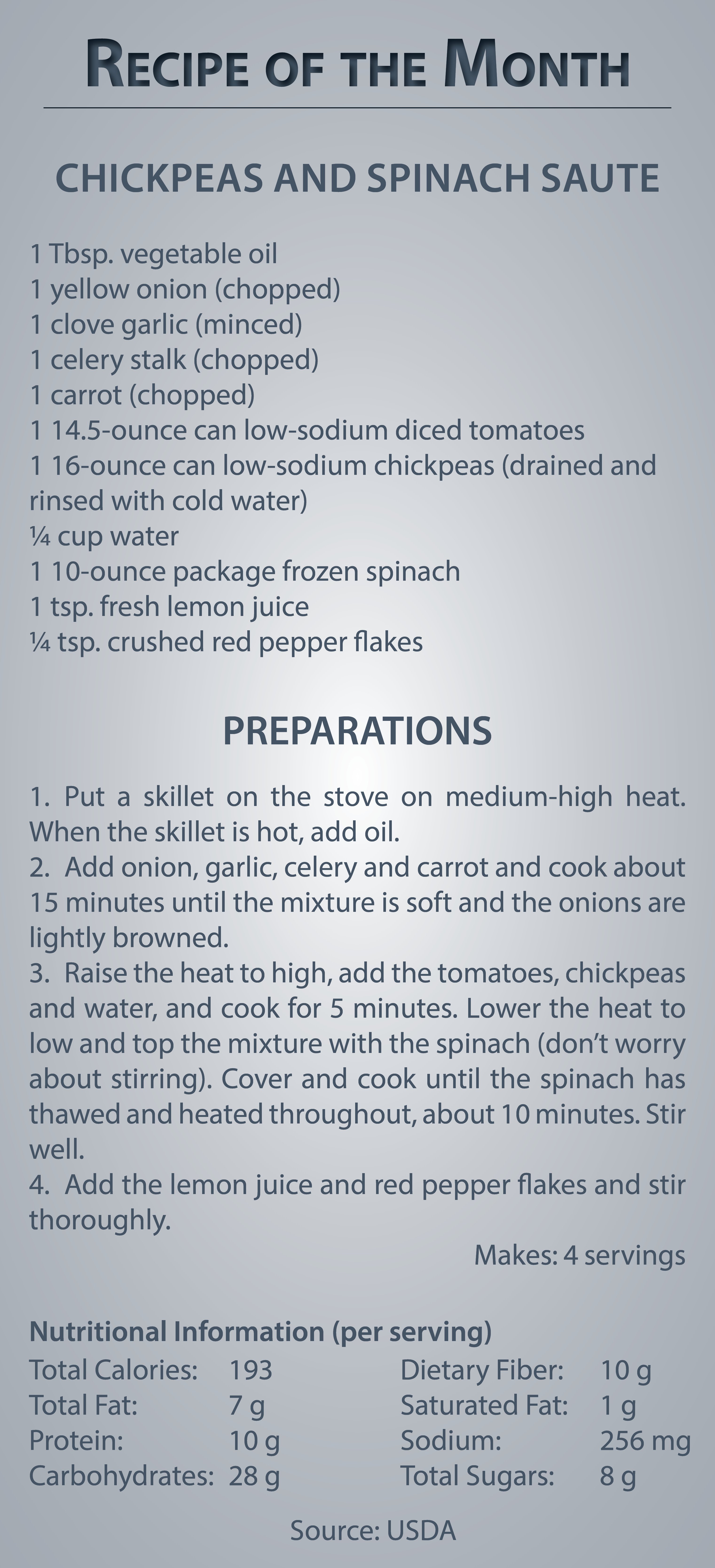Fuel Your Workout the Right Way
You have to put gas in your car to make it go, right? The same concept can be applied to your body and working out. Just like you can’t expect your car to get you from point A to point B without fuel, you can’t expect your body to get you through a workout if it’s not properly fueled. Here’s what you should be eating before, during and after a workout for optimal results.
Before Your Workout
Nutritionists agree that the best way to fuel your workout is to eat 1-4 grams of carbs per every 2.2 pounds of your weight about an hour before your workout. Some examples of a good pre-workout snack include a piece of whole-grain toast with peanut butter and banana slices, fruit and Greek yogurt, or a peanut butter and banana protein smoothie. You should also make sure you’re hydrated before you start your workout.
During Your Workout
If your workout lasts less than 45 minutes, you really only need to focus on replenishing the fluids you’re sweating out. If your workout is focused on endurance, like an extended run or lengthy lifting session, consume 30-60 grams of carbs per hour to fuel your workout.
What you eat after your workout is just as important as what you eat before. Make sure to consume 15-25 grams of protein within one hour of finishing your workout to replenish the muscle glycogen you exerted during your sweat session. Continue to hydrate and consume protein to help keep muscle soreness at bay. If you had a particularly intense workout, consider drinking water or sports drinks enriched with electrolytes to fully replenish your body.
Summer Picnic Safety Tips
At some point throughout the summer, most of us will spend time outside with family and friends at a picnic or backyard barbecue. If you aren’t careful about handling foods during these cookouts, you’re putting yourself and others at risk for potential food-related illnesses.
Stay safe with these simple tips:
- Wash cooking equipment, dishes and utensils between uses. Be sure to clean the grill’s surface after each use and to wash cutting boards after cutting raw meat.
- Store all perishables in a cooler with ice on top, not just underneath. Use one cooler for drinks and one for food. Never eat anything that has been left out of a refrigerator or cooler for more than two hours.
- Invest in a meat thermometer so you can make sure all meat is cooked to the proper internal temperature.

Superbug Fungus Poses Serious Global Health Threat
The Centers for Disease Control and Prevention (CDC) is warning that an emerging fungus called Candida auris (C. auris) presents a serious global health threat. This superbug fungus is resistant to antifungal medications and can survive on surfaces even after they’ve been cleaned. C. auris can cause serious and potentially fatal infections and has infected over 600 people in the United States. The CDC reports that between 30% and 60% of infected patients die.
C. auris often affects those who are in the hospital, live in nursing homes or have weakened immune systems. The CDC states that healthy people usually don’t get C. auris infections. Unfortunately, it’s difficult to identify C. auris infections with standard lab methods. Because of the risks it presents, the CDC is urging health care facilities and professionals to be on the lookout for C. auris cases and to notify the CDC of confirmed or suspected cases.

All of us here at CoverLink wish you continued health and safety this year!
